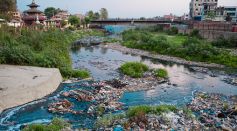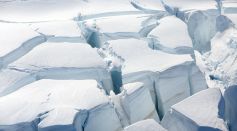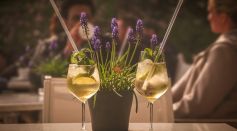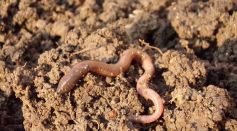Tags: Microplastics

1.3 Billion Tons of Plastic Will Be in the Land, Air, and Sea by 2040 If People Don't Change Ways

Microplastics Found in the Antarctic Sea Ice; Pollution Harming Creatures at the Base of the Food Chain, Scientists Say

Italy is Now Using Pasta Straws to Help Reduce Plastic Waste

Worms are Losing Weight: Food Security Risk

Beware of Sipping: Your Cup of Tea Could Be Filled with Microplastics
Move Over, Carbon Dating… Plastics Could Potentially Determine the Age of Fossils
Microplastics In The Bottled Water: Why It Isn’t Safe
Newly Discovered Plastic Waste Looks Just Like Pebbles
Teenager and the Ocean Win Big with Microplastic Extraction Project
Microplastics are No Match for These Tiny Magnetic Coils
Microplastic Mystery: Remote Lakes May Help Unravel It
Where Microplastics in the Human Body Come From
Americans Ingesting More Than 70,000 Microplastic Particles Each Year, Study Says
Earth’s Deepest Point Is Polluted with Plastics Says Scientists
Microplastics Travel Through The Wind Cause Massive Devastation
Microplastics Cause Major Problems in the Trenches
Singapore Beaches hounded by microplastics with pathogenic bacteria
Most Popular

10 Weird Things the Human Body Does—and the Science Behind These Biological Mysteries

Why Mega Typhoons Keep Getting Stronger: The Science Behind Typhoon Formation and Extreme Weather

Top Space Technology Trends and Aerospace Innovations Revolutionizing the World Today

How Plate Tectonics Trigger Earth's Most Dangerous Disasters Through Powerful Seismic Hazards




